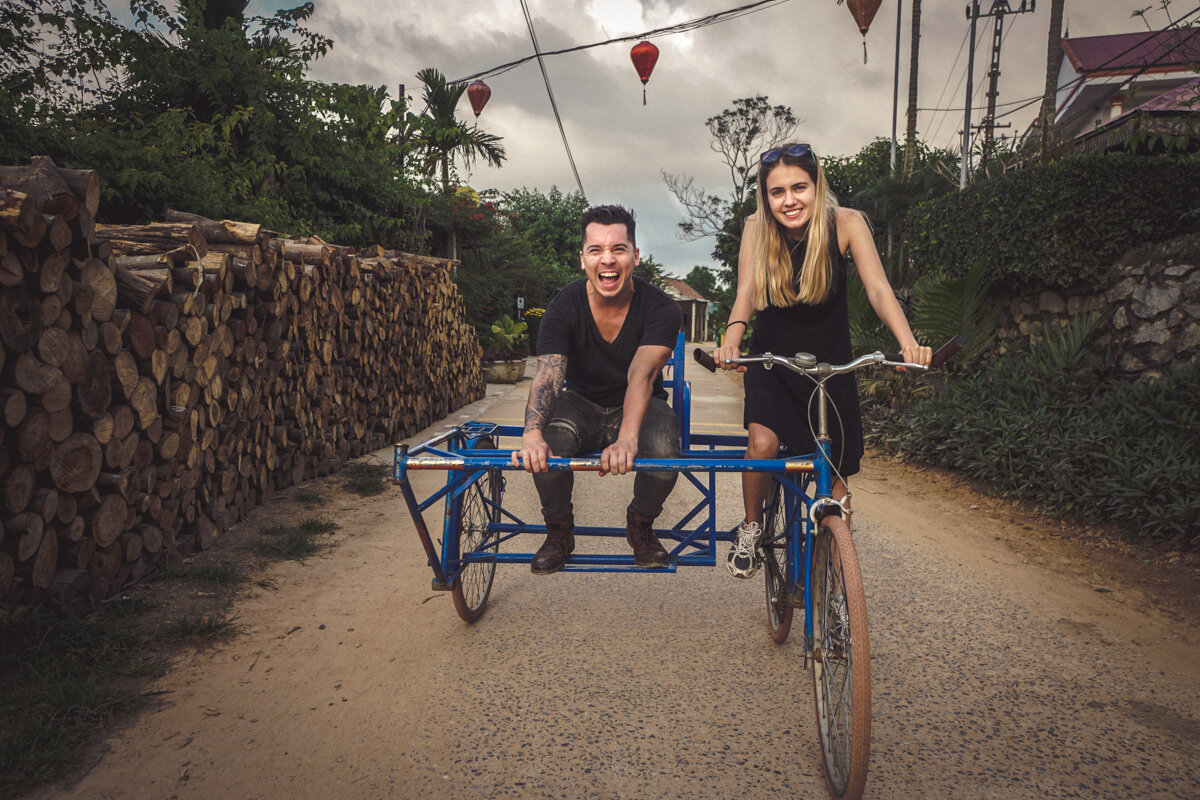Sailing Safety 101: Tips for a Secure and Enjoyable Trip
/Sailing Safety 101: Tips for a Secure and Enjoyable Trip
Sailing is a thrilling adventure if you are looking to enjoy stunning views of coastlines, sunsets, and marine wildlife. You will pretty much connect with the natural world in an adrenaline-pumping experience. That said, you ought to be wary of the inherent risks and challenges that come with taking on an unpredictable and often powerful nature of the open water. So, how do you stay safe on your sailing trip?
Well, here are some of the essential safety guidelines to help ensure that your sailing adventure is not only enjoyable but secure as well:
Preparing For Your Sailing Trip
As a rule of thumb, you will need thorough preparation if you are to have a safe sailing trip. This includes simple steps like checking the weather forecast, ensuring you have all the necessary safety equipment on board, and reviewing your route and navigation plans.
For starters, ensure that your sailboat is in good condition. For example, check if the sails are in good condition and properly rigged.
Check for any tears, fraying, or damage to the sailcloth. Hoist and trim your sails to ensure they operate smoothly. Also, inspect your sail boat props propeller blades for any visible damage, such as nicks, dings, or bent blades. Keep in mind that even minor damage can affect the propeller's efficiency.
Then, make sure you have the necessary safety gear on board, such as life jackets, personal flotation devices (PFDs), throwable flotation devices, fire extinguishers, flares, and first-aid kits. Regularly inspect and maintain this equipment.
You’ll also need to have reliable navigation tools such as charts, GPS, compass, and depth sounders. Familiarize yourself with these instruments before departure.
Ensure that you also have the necessary communication equipment on board. You will need a cell phone-even though the coverage might not be available deep into the sea, it might come in handy on the coastal areas.
You will also need a VHF marine radio to communicate with other vessels and the Coast Guard. This might come in handy in the case of emergencies and general communication.
Tip: It is important to get the right seamanship training to help you stay safe, particularly if you are a newbie.
Safety Briefing
Once you've gathered your gear and are ready to cast off, take the time to conduct a thorough safety briefing for your crew, whether they are experienced sailors or novices. This briefing should cover several important aspects:
Life Jackets: Ensure everyone on board knows where life jackets are stored and how to properly put them on. Emphasize the importance of wearing them at all times while on deck.
Man Overboard Procedures: Teach your crew the "man overboard" procedures, which involve throwing a flotation device and maneuvering the boat to retrieve the person. Practice this procedure to ensure everyone knows what to do.
Emergency Signals: Familiarize your crew with the meanings and proper use of distress signals, such as flares, smoke signals, and flags. These signals can be vital in alerting others to your distress.
Fire Safety: Explain the location of fire extinguishers and how to use them. Provide guidelines for cooking and open flames on board, emphasizing safety when handling fuel and propane.
Navigating With Safety in Mind
Proper navigation is another vital aspect to a safe and enjoyable sailing trip. You will need to plan your route carefully, taking into account navigational hazards, currents, and local regulations. In this regard, check for updates to charts and local notices to mariners.
It is also vital to familiarize yourself with the "Rules of the Road" for boating. These rules dictate how vessels should navigate and avoid collisions. This knowledge is especially important in busy waterways. Also be on the lookout for other vessels, buoys, and navigational markers.
In other words, maintain situational awareness to avoid unexpected obstacles and changes in traffic. It also helps to know who has the right of way in different situations. This will come handy in preventing misunderstandings and potential collisions with other boats.
How To Deal With Emergencies On Your Sailing Trip
No matter how much you prepare to stay, the reality is that emergencies can still happen. Being prepared for these situations is vital to your safety.
Here's what to do in case you experience some of the common emergencies:
Man Overboard: If someone falls overboard, stay calm and shout "man overboard." Throw a flotation device to the person and maneuver the boat to retrieve them. Assign a crew member to keep an eye on the person in the water.
Engine Failure: If your engine fails, immediately raise sail if possible. If not, use auxiliary power if available. If there's no wind or engine power, use your VHF radio to call for assistance and prepare to anchor if necessary.
Grounding: If you run aground, don't force the boat off. Assess the situation, and if needed, use an anchor to stabilize the vessel until you can refloat it at high tide or with the assistance of a towing service.
Capsizing: In the event of a capsize, stay with the boat. Most sailboats are designed to be self-righting, so help should be on the way. Stay calm, stay with the boat, and await rescue.
Wrapping up
In a nutshell, sailing is a nice way to connect with marine nature and get an adrenaline rush! Remember that you should always think about your safety, even if you are a seasoned sailor. You should take proactive steps like taking the time to prepare and preparing for any emergencies that might crop up on your trip. After all, you not only want to have an exhilarating trip, but you also want to stay and go back home safe!


















